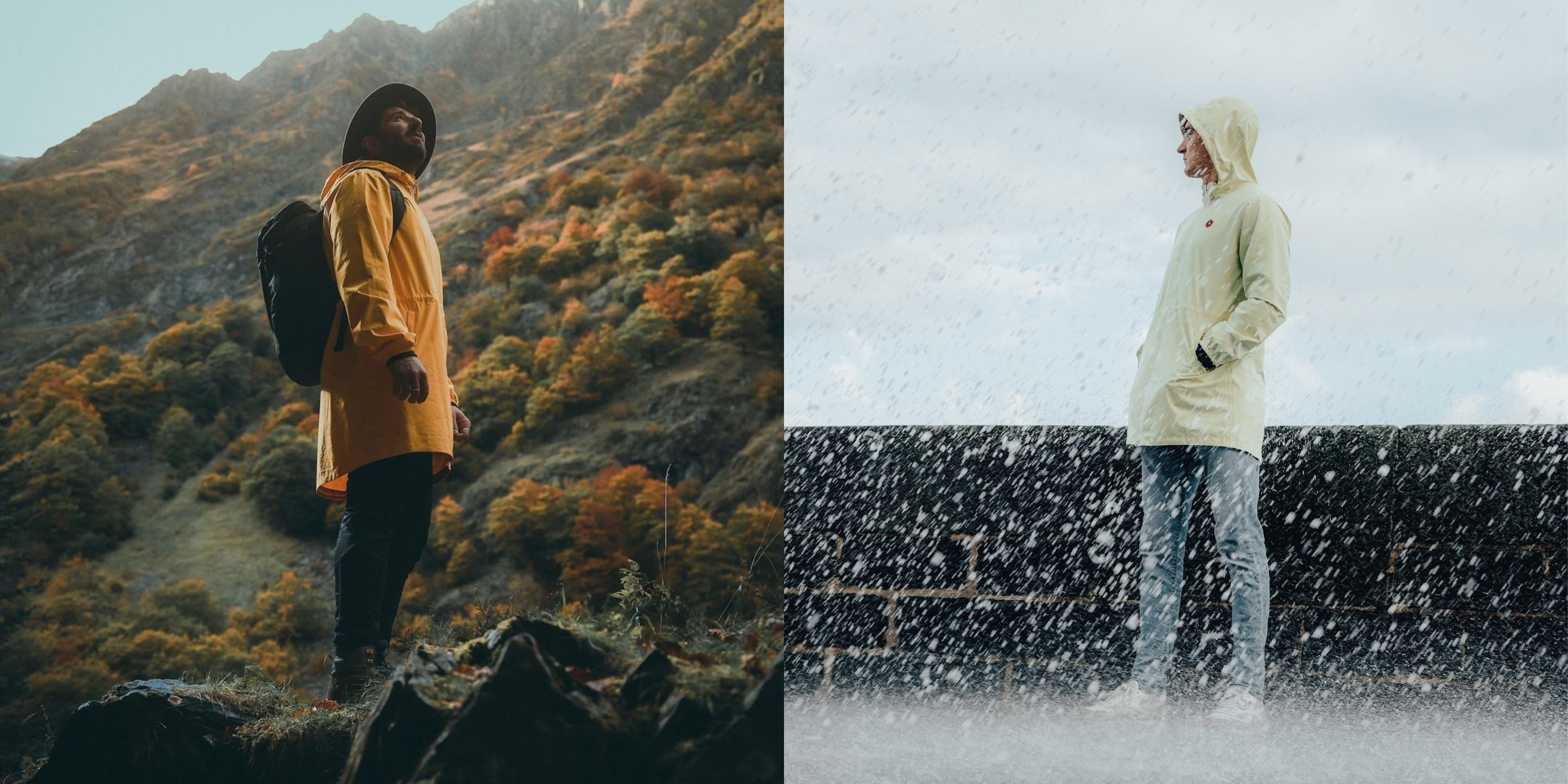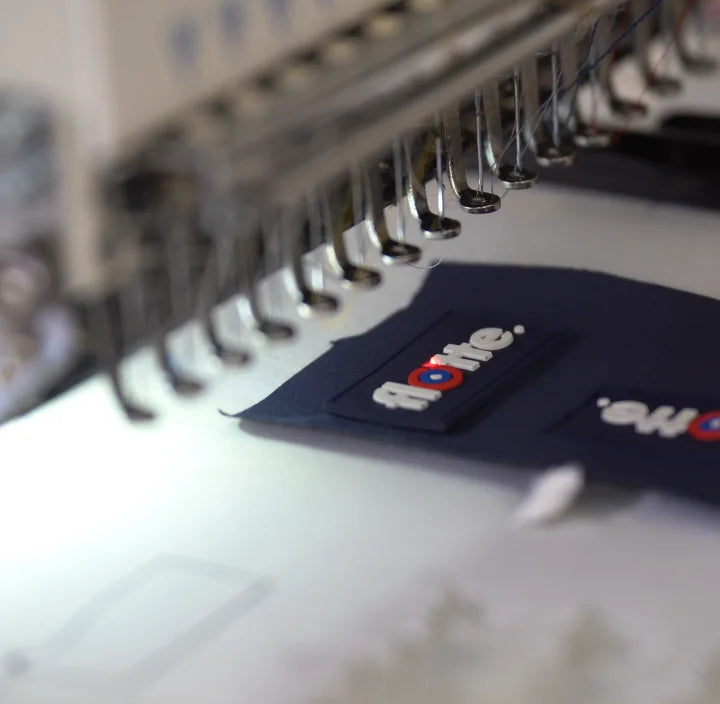As any nature lover will tell you, hiking is great, but it also means being subject to the vagaries of the weather. Whether we like it or not, walking in the great outdoors doesn't always mean walking under an open sky and bright sunshine, especially in the mountains where the weather is unpredictable and changeable. But when you love to hike, there's no question of backing down from a little rain! So for these occasions, it's best to be well-prepared and, above all, well-equipped.
Every good hiker should have at least one effective raincoatin his or her closet , and a warm, rain-resistantcoat when the temperature drops. And spoiler, to be well protected against the rain, there are a few conditions to respect. It's up to you to follow them or not, at your own risk!
Today, the editors give you their advice on how to hike well protected in the rain and bad weather. 🌧

WHAT EQUIPMENT DO YOU NEED FOR HIKING IN THE RAIN?
How to choose a waterproof jacket?
First of all, the key to being properly protected against the rain is knowing how to choose your waterproof jacket correctly. Now, we're not going to tell you again that you need to choose one with a hood - you probably already know that. But what we can do is give you a few pointers on the more technical details, which are not necessarily easy to understand.
First of all, it's always better to opt for a waterproofjacket (we mean it) rather than a waterproof one. Waterproof jackets will only protect you temporarily, in the event of light, ephemeral rain, but they are not suitable for dealing with insistent downpours.
Then, depending on the type of hiking you're going to do, you don't necessarily need the same rain resistanceeither . For example, for a city hike lasting a few hours in light rain, you don't need to wear a high-resistanceraincoat. On the other hand, for a day-long hike in the mountains in more insistent rain and fog, you'll need to choose a raincoat with higher resistance.
What is rain resistance?
Every waterproof jacket has what's known as a rain resistance rating, measured in mm of water through multiple tests. This is also known as the Schmerber index. So you can read on all your waterproof jackets something like "resistance 2000 schmerber " or " resiste à 2000 mm d'eau ". If it doesn't, it's probably not waterproof, but waterproof.
This rain resistance is a good indicator for you, letting you know what type of occasion and use the jacket is dedicated to. So now let's get down to business.

Which rain jacket for which occasion?
When it comes to waterproof jackets, there are several levels of rain resistance , and each time, the number of indicates the number of millimeters before which water will start to penetrate your fabric.
If your jacket withstands 2000 mm of water, it's waterproof, but not very waterproof. A jacket as such will be suitable for short hikes, intended to be done in mostly dry rather than wet weather, and will withstand a few showers. It's not the most optimal resistance to rain.
For more rainy rides, you'll need resistance to 10,000 mm of water. A jacket with this resistance is ideal because it offers good protection against water, which is longer and more pleasant in the long run. Of course, if you're constantly exposed to heavy rain, the resistance may not last as long.
But this phenomenon is normal and can be explained by the simple fact that the more water stagnates on the fabric, the more pressureit exerts and the greater the risk of it seeping through. The same thing happens when the handles of a backpack press against your shoulders: the water eventually passes through, because constant pressure is applied: it's as simple as that!
Coming back to our 10,000 mmresistance , it also allows you to hike for several days, for example. If you're planning a two- or three-day hike and you're expecting a few showers, a jacket with this resistance could come in handy.
Alternatively, for the more expert and those who want to be equipped to the max, there are waterproof jackets with a waterproof rating of 20,000 mm for perfect waterproofing, or 30,000 mm for the most technical garments ! These are particularly suitable for extreme use, if you're planning to hike and camp for several days, for example.

How do you cover up in the rain and cold?
While a good waterproof jacket is essential for hiking in bad weather, it's also important to have protection against the cold.
That's right, because hiking isn't just for summer - quite the contrary! Many people choose to take to the trails in autumn or late winter, or even in winter when they're on vacation in the mountains!
So for these occasions, it's all the more worthwhile to combine waterproofing with warmth by buying a suitable coat. For this, down jackets are very practical and, as they are reversible, they offer several technical uses for several looks!
So now it's up to you! ☔























Leave a comment